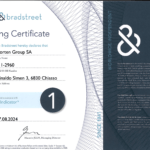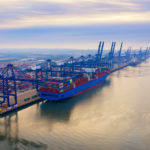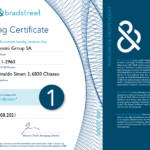Customs spaces are the areas designated for customs operations and are, by definition, the areas owned by customs (offices, warehouses, and spaces for parking vehicles). Goods that are brought into customs spaces come under the direct control of customs and therefore cannot leave without the permission of customs. The issuance of permission to release goods is called “release.”
Customs spaces are not only the areas directly occupied by customs: in fact, with domiciled procedures, upon request of a party and with the authorization of customs, any room, warehouse, or vehicle parking area that is used for operations and that meets the generic and fiscal security criteria set by the customs authorities can be defined as a customs space.
A customs space may be bounded by fences and walls or even just by horizontal and/or vertical signs (lines, bands, signs). Clear identification of a customs space is necessary to distinguish it from other areas of facilities used for non-customs uses and to avoid promiscuity between goods under customs control and released and/or free.
Customs is not always present in these spaces, but goods brought in for customs operations are for all intents and purposes under customs control and can only leave if cleared by customs. Even people working within these spaces can only do so with permission from customs, they must be reported in advance to the customs authorities who approve their entry and stay within these areas.








